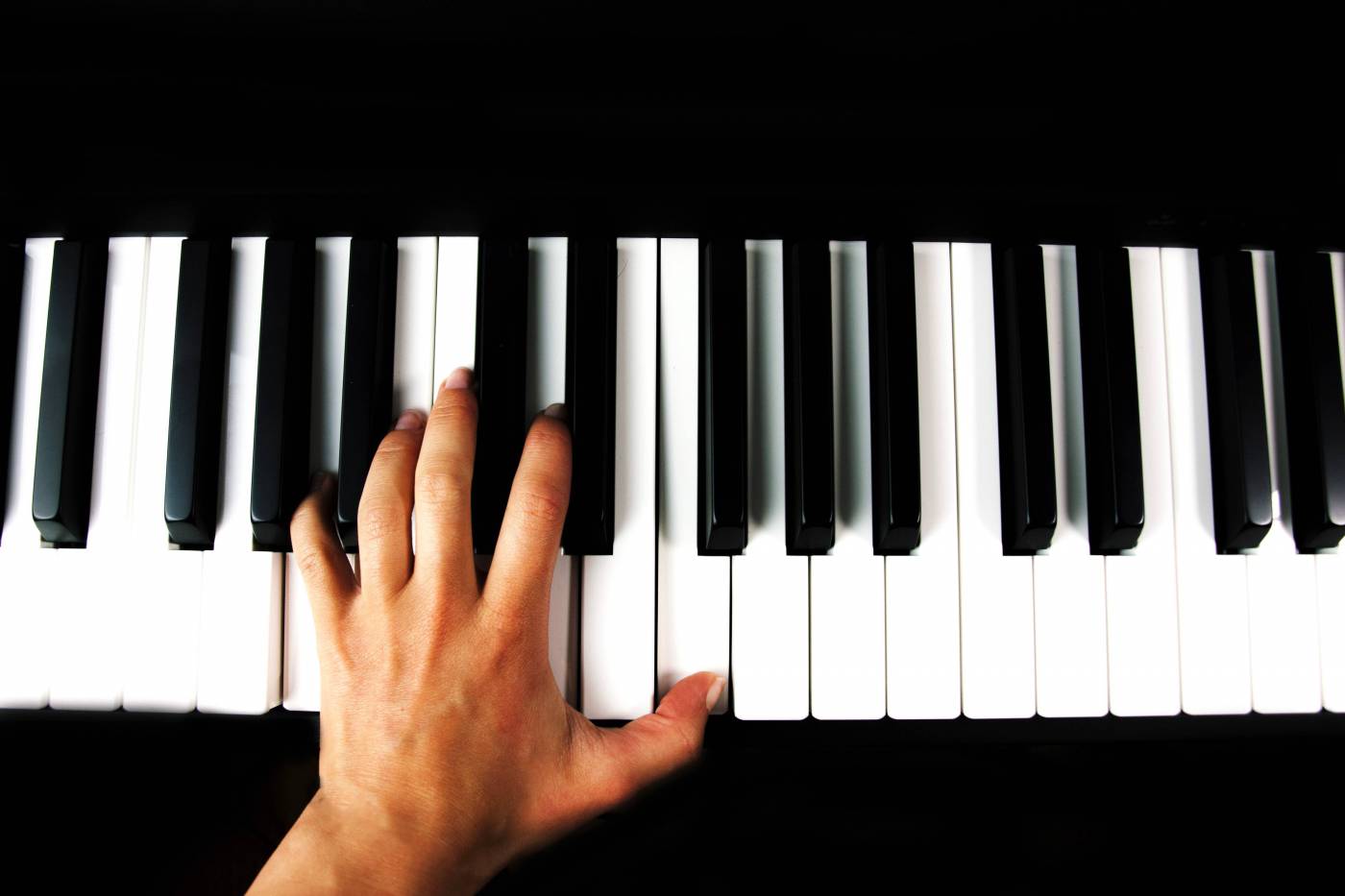With years of expertise assisting individuals relocate such life-changing moves, we are aware that pianos are more than simply musical instruments—they are treasured works of sentimental art. Because of this, relocating a piano might be among the more difficult tasks involved in moving. It’s a chore requiring dexterity, proficiency, and a thorough comprehension of the nuances of the instrument.
We’ll discuss our personal experience and provide insightful advice in this guide. All of this to make sure your piano is moved with the highest care.
Evaluating the Piano
Before starting the complex process of relocating a piano, our knowledgeable staff at Zenith Moving conducts a thorough evaluation. It’s critical to comprehend the dimensions, weight, and any special features of the piano.
Understanding that pianos come in a variety of sizes and forms is essential to choosing the right moving strategy for a secure and effective relocation.
There’s going to be some algebra and geometry involved, so grab a notepad, pencil, and tape measure and start taking notes. Examine the piano carefully, measuring its length, breadth, and height.
Examining the Sites
Conducting a comprehensive assessment of both the existing and new sites is crucial for a smooth piano relocation. Planning for potential barriers, doorways, and stairs is essential for a successful transfer.
Create a movement plan, taking into account every aspect and making sure the piano can go through small openings without breaking any rules. Take measurements of every entryway, stairwell, hallway, and other path you’ll need to take. Take into account any confined spaces, difficult angles, or corners (such as elevators, public stairwells, and your moving vehicle).
Keep in mind that there will probably be four or more people helping with the actual transfer, so allow for plenty of leeway. Making a mistake in your calculations and ending up stuck somewhere with a piano is the last thing you want to happen.
Formulate A Shifting Plan
It takes careful work and a well-thought-out plan to move a piano. It usually takes a little bit more time and effort than the majority of other moving-related tasks.
Our previous client had planned to transfer their grand piano along with the rest of their stuff on the same day. But to make sure everything went as planned, we told them that a special day would need to be set up for relocating the piano.
Thankfully, they heeded our instructions, and although it took a little longer than anticipated, we were able to relocate the piano with the utmost care and attention. The transfer was eventually successful. This is because we were able to give the piano the attention it deserved thanks to the additional time.
In any event, confirm that whoever is assisting you is accessible at the same time and on the same day and that they have adequate notice. If at all feasible, schedule the move a few weeks ahead of time. This will allow yourself at least a few hours for the actual relocation.
Carrying Out The Action
We’ve found that each piano is different, and depending on the kind, there are different moving strategies.
For a safe and easy transfer, some could, for instance, need to be disassembled. The greatest caution and accuracy are used when doing this step. The piano must be packed carefully after dismantling to guarantee that each component is sufficiently safeguarded during transportation.
Transportation And Loading
A piano’s loading process is a delicate dance requiring dexterity, strength, and coordination. Check to make sure every path is free. Make sure your moving truck is easily accessible and close by. When lifting, carrying, loading, and unloading, speak with others, take your time, and exercise common sense.
You can either set the piano down or prop it up against the truck wall, depending on it. Before you drive, make sure everything is safe and secure. If needed, use ratchets to strap everything down. When opening the truck, use caution. To ensure that nothing is lost, label every component and keep a list of them.
Disembarking and Organizing
Once at the destination, unloading needs to be done with the same attention to detail and care that went into packing and loading.
If the piano is taken apart for transportation, you must carefully reassemble it, making sure that every part is put back together in its original configuration.
It’s crucial to place your piano correctly when relocating it. It is advised to position upright pianos against an interior wall away from air vents and direct sunlight. Grand pianos should have their straight edges positioned against interior walls and away from air vents, windows, doors, and direct sunlight. This will maintain the security and soundness of your piano.
Hiring a professional to clean and tune your piano is the last thing you should do. It’s vital to remember that a piano’s delicate internal mechanisms may shift whenever it is moved. As a result, it’s best to postpone the tuning for a few weeks to give the strings time to acclimate to their new surroundings.
Contact us today at Zenith Moving for a free quote!




